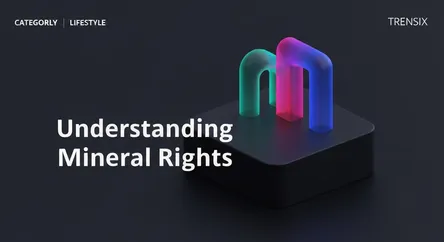Lifestyle
Understanding Mineral Rights

Discover what mineral rights are and why they matter. Learn how owning the resources beneath your land can impact property value and create income.
What is it?
Mineral rights refer to the ownership of valuable subsurface resources, including oil, natural gas, coal, and other minerals, located beneath a piece of property. In real estate law, these rights can be owned separately from the "surface rights," which cover the land itself. This separation creates what is known as a "split estate," where one person owns the surface and another owns the minerals. The mineral rights owner has the legal privilege to explore, drill, and extract these resources, often including the right to use the surface as necessary for extraction.
Why is it trending?
The topic of mineral rights is gaining attention due to fluctuating energy prices and advancements in extraction technologies like hydraulic fracturing. As demand for oil, gas, and critical minerals grows, so does the value of these subsurface assets. Property owners in resource-rich areas are increasingly exploring mineral rights as a potential source of significant income through leasing their rights to energy companies. This has spurred a greater public interest in understanding property law and these complex ownership structures.
How does it affect people?
For landowners, owning mineral rights can be a financial windfall, providing income from lease payments and royalties. However, if the mineral rights were sold by a previous owner, a new homeowner might find that a company has the right to install equipment and access their land for drilling. This can lead to disputes over land use, environmental concerns, and disruption to surface activities. Understanding who owns the mineral rights is therefore a critical step in any real estate transaction, especially in rural areas.